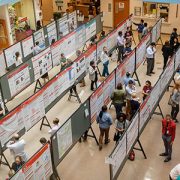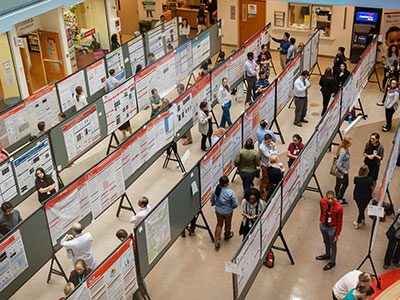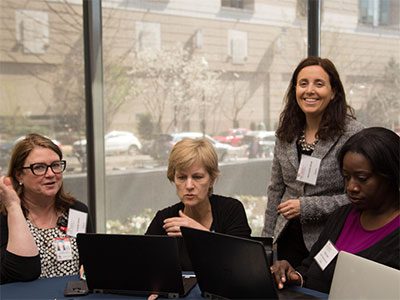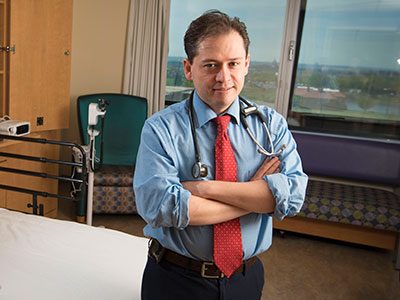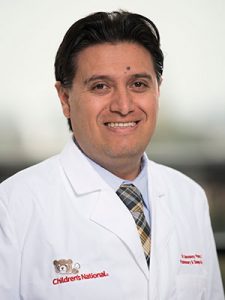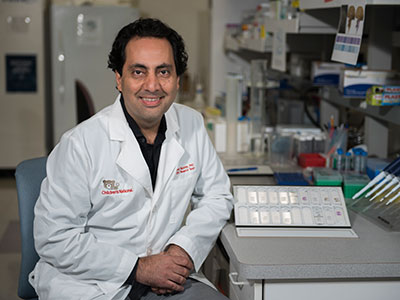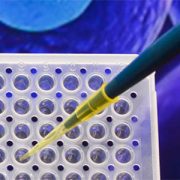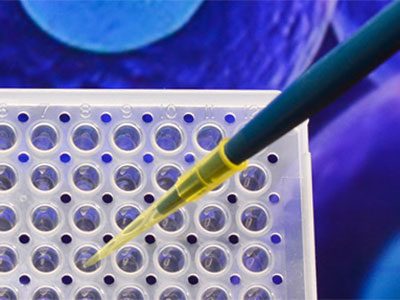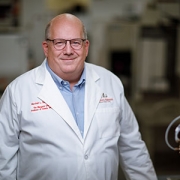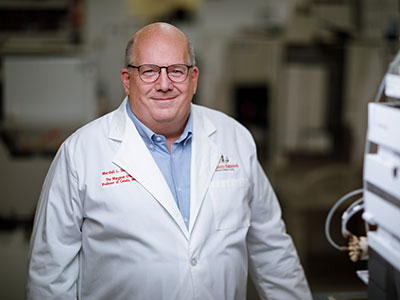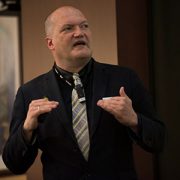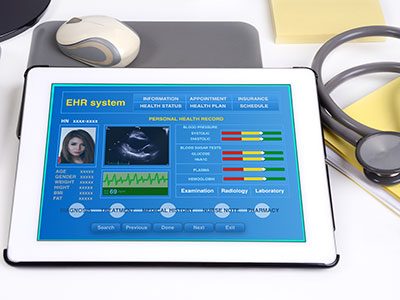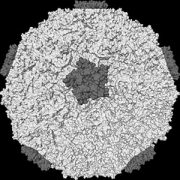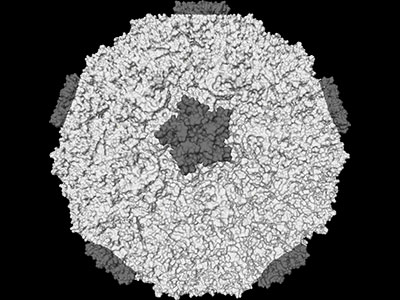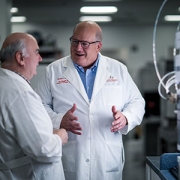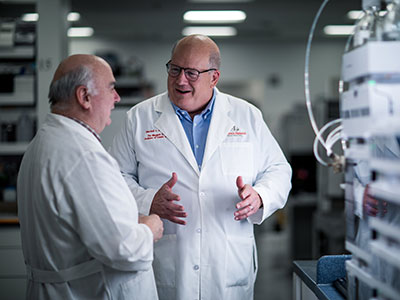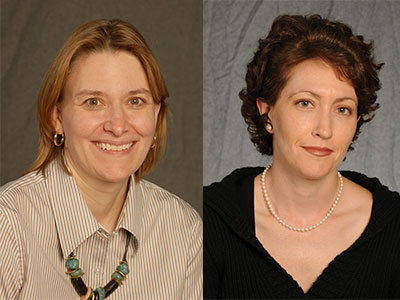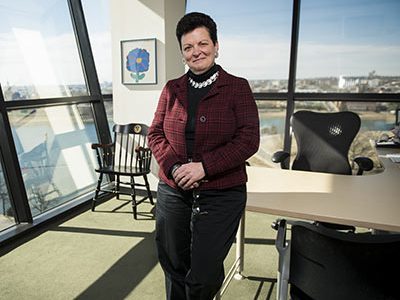Keeping kids with asthma out of the hospital

Pediatric asthma takes a heavy toll on patients and families alike. Affecting more than 7 million children in the U.S., it’s the most common nonsurgical diagnosis for pediatric hospital admission, with costs of more than $570 million annually. Understanding how to care for these young patients has significantly improved in the last several decades, leading the National Institutes of Health (NIH) to issue evidence-based guidelines on pediatric asthma in 1990. Despite knowing more about this respiratory ailment, overall morbidity – measured by attack rates, pediatric emergency department visits or hospitalizations – has not decreased over the last decade.
“We know how to effectively treat pediatric asthma,” says Kavita Parikh, M.D., M.S.H.S., a pediatric hospitalist at Children’s National Health System. “There’s been a huge investment in terms of quality improvements that’s reflected in how many papers there are about this topic in the literature.”
However, Dr. Parikh notes, most of those quality-improvement papers do not focus on inpatient discharge, a particularly vulnerable time for patients. Up to 40 percent of children who are hospitalized for asthma-related concerns come back through the emergency department within one year. One-quarter of those kids are readmitted.
“It’s clear that we need to do better at keeping kids with asthma out of the hospital. The point at which they’re being discharged might be an effective time to intervene,” Dr. Parikh adds.
To determine which interventions hold promise, Dr. Parikh and colleagues recently performed a systematic review of studies involving quality improvements after inpatient discharge. They published their findings in the May 2018 edition of the journal, Pediatrics. Because May is National Asthma and Allergy Awareness month, she adds, it’s a timely fit.
The researchers combed the literature, looking for research that tested various interventions at the point of discharge for their effect on hospital readmission anywhere from fewer than 30 days after discharge to up to one year later. They specifically searched for papers published from 1991, the year after the NIH issued its original asthma care guidelines, until November 2016.
Their search netted 30 articles that met these criteria. A more thorough review of each of these studies revealed common themes to interventions implemented at discharge:
- Nine studies focused on standardization of care, such as introducing or revising a specific clinical pathway
- Nine studies focused on education, such as teaching patients and their families better self-management strategies
- Five studies focused on tools for discharge planning, such as ensuring kids had medications in-hand at the time of discharge or assigning a case manager to navigate barriers to care and
- Seven studies looked at the effect of multimodal interventions that combined any of these themes.
When Dr. Parikh and colleagues examined the effects of each type of intervention on hospital readmission, they came to a stunning conclusion: No single category of intervention seemed to have any effect. Only multimodal interventions that combined multiple categories were effective at reducing the risk of readmission between 30 days and one year after initial discharge.
“It’s indicative of what we have personally seen in quality-improvement efforts here at Children’s National,” Dr. Parikh says. “With a complex condition like asthma, it’s difficult for a single change in how this disease is managed to make a big difference. We need complex and multimodal programs to improve pediatric asthma outcomes, particularly when there’s a transfer of care like when patients are discharged and return home.”
One intervention that showed promise in their qualitative analysis of these studies, Dr. Parikh adds, is ensuring patients are discharged with medications in hand—a strategy that also has been examined at Children’s National. In Children’s focus groups, patients and their families have spoken about how having medications with them when they leave the hospital can boost compliance in taking them and avoid difficulties is getting to an outside pharmacy after discharge. Sometimes, they have said, the chaos of returning home can stymie efforts to stay on track with care, despite their best efforts. Anything that can ease that burden may help improve outcomes, Dr. Parikh says.
“We’re going to need to try many different strategies to reduce readmission rates, engaging different stakeholders in the inpatient and outpatient side,” she adds. “There’s a lot of room for improvement.”
In addition to Dr. Parikh, study co-authors include Susan Keller, MLS, MS-HIT, Children’s National; and Shawn Ralston, M.D., M.Sc., Children’s Hospital of Dartmouth-Hitchcock.
Funding for this work was provided by the Agency for Healthcare Research and Quality (AHRQ) under grant K08HS024554. The content is solely the responsibility of the authors and does not necessarily represent the official views of AHRQ.



